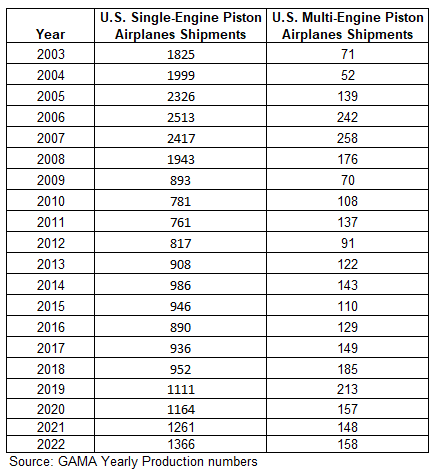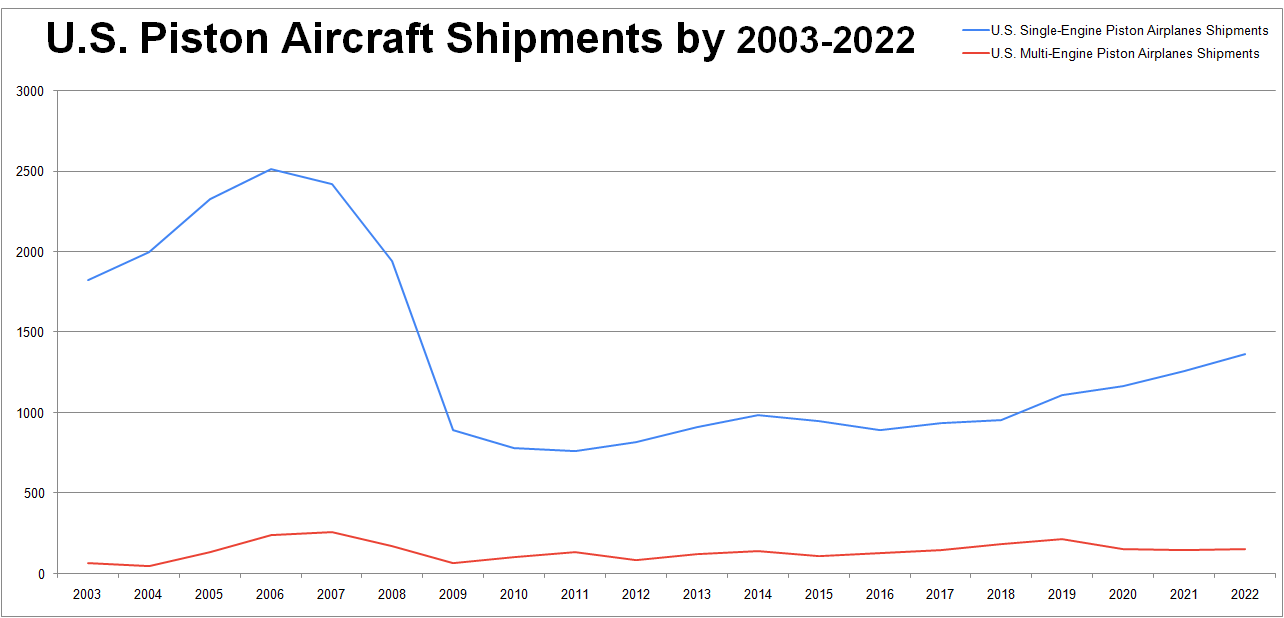Flight training to non-U.S. citizens remains a large part of the flight training community in the United States. This is something that FSANA gets and I work look at each year, with data provided by the TSA. The interest is to keep an eye on over time and is encouraged to see continuing increases in requests to have training conducted in the United States.
While there was an expected dip in this request process during COVID travel restrictions, the monthly, and yearly request numbers are returning to prior and in some categories, increasing, numbers of requests.
The TSA tracks these numbers as “threat assessments” being requested, which is basically an approval to have training completed. Most commonly these training requests are for initial private pilot certification, instrument ratings, multi-engine ratings, and pilot type ratings. You can see this in the following table and see how these numbers have been tracked over the recent years.
You can also see in the graph below a more granular, monthly tracking of overall training requests. While we have not yet fully returned to full pre-COVID training request numbers monthly, we are seeing a continual increase. Of some interest should also be the fact that even in depths of lockdown periods, the requests never really fell to zero either. The flight training industry remained as productive as possible as a vital part of making sure the flight decks of future travel and cargo needs would remain filled.
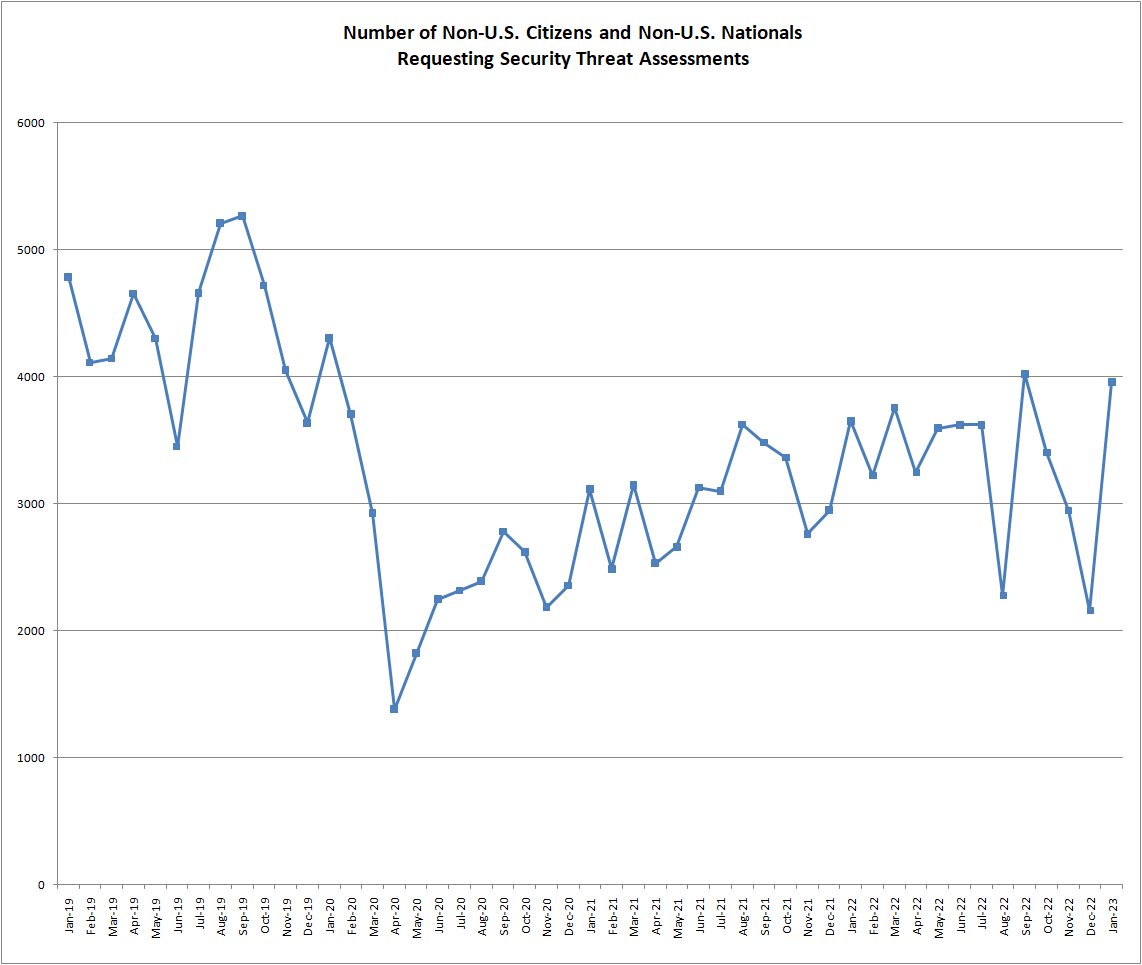


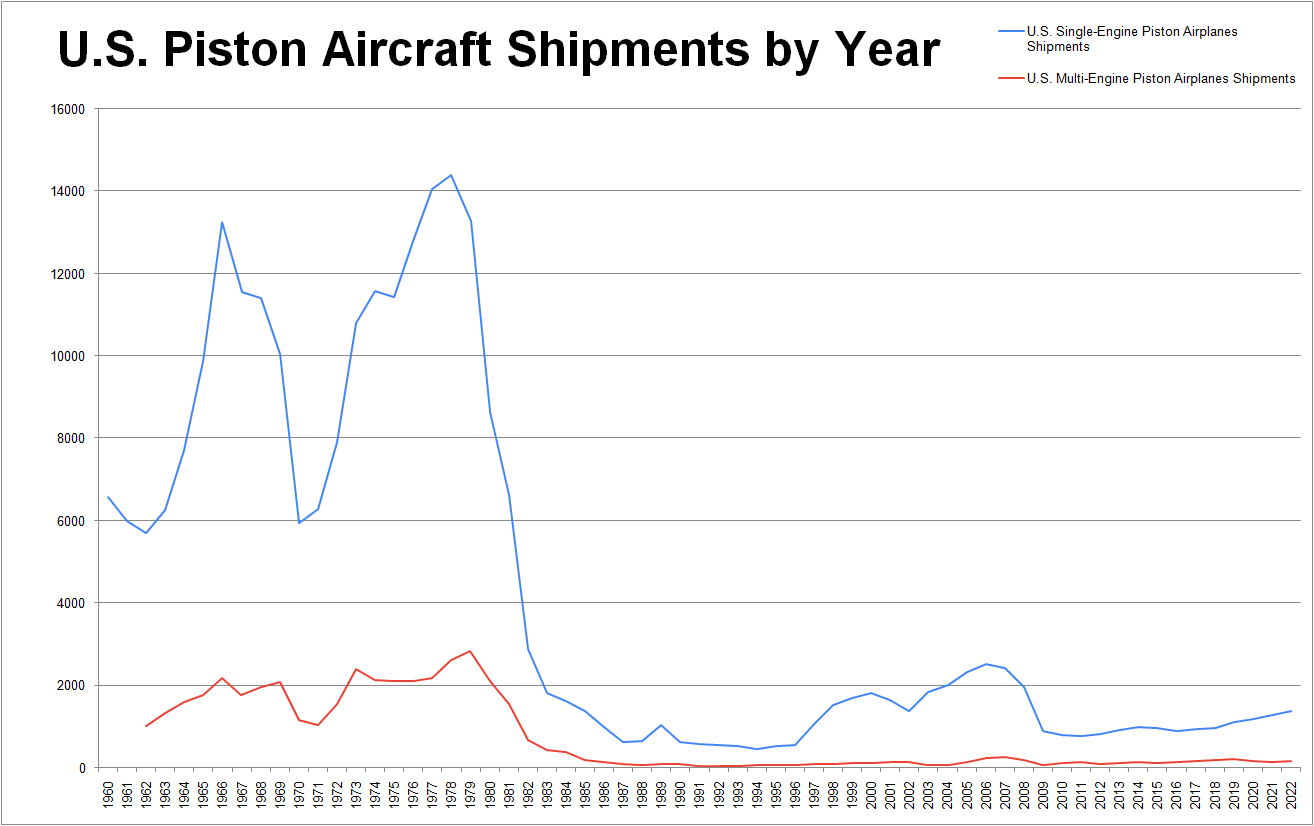 And they may never. The market has changed. But that doesn’t necessarily mean that what we are currently producing will meet the needs of the flight training efforts in the United States going forward either.
And they may never. The market has changed. But that doesn’t necessarily mean that what we are currently producing will meet the needs of the flight training efforts in the United States going forward either.